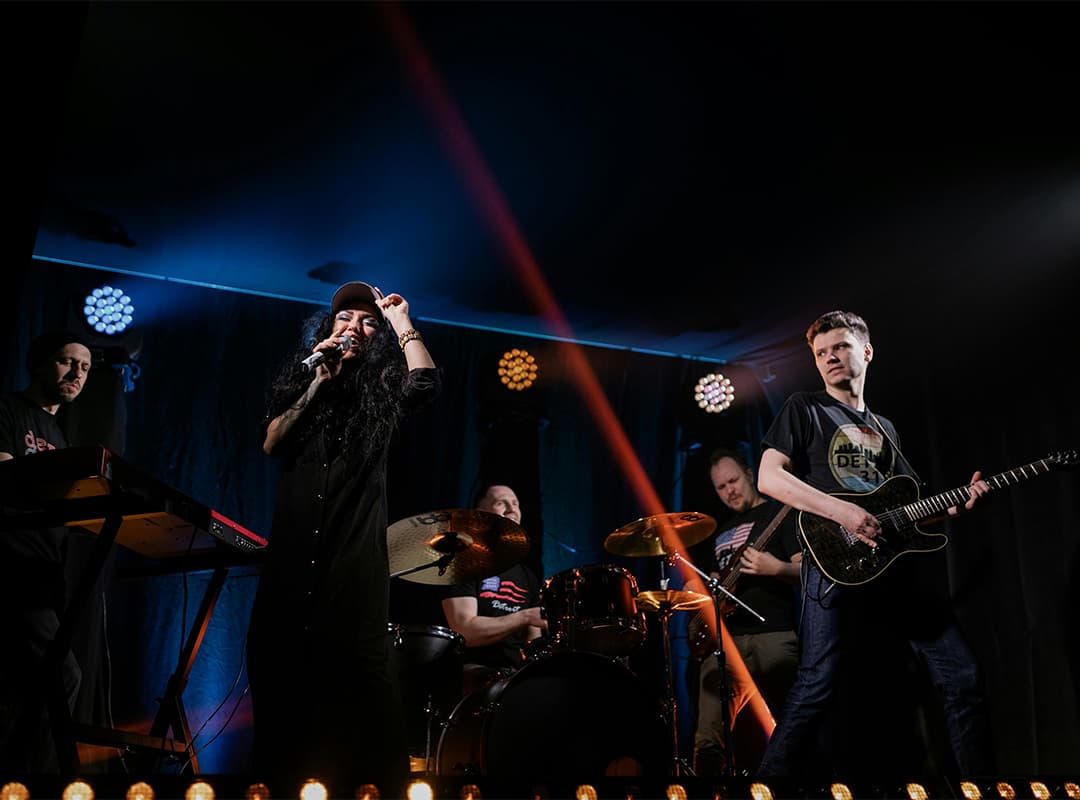Psychedelic music, with its kaleidoscopic sounds and mind-expanding themes, emerged as a cultural force in the 1960s. While it initially aimed to explore the boundaries of human consciousness, the genre quickly evolved into a powerful symbol of protest. Its unconventional structures, surreal lyrics, and experimental techniques became a sonic rebellion against societal norms, political oppression, and cultural rigidity.
The Roots of Psychedelic Music
The roots of psychedelic music lie in the countercultural movements of the 1960s, particularly the rise of the hippie subculture. Artists drew inspiration from jazz improvisation, Indian classical music, and emerging electronic techniques. Bands like The Beatles, The Byrds, and Jefferson Airplane infused their music with elements designed to mimic or enhance the experience of altered states of consciousness.
As the decade unfolded, the genre became intertwined with the civil rights movement, anti-war protests, and calls for personal liberation. Psychedelic music transformed from a celebration of inner exploration to a megaphone for societal change.
Defying Authority Through Sound
Psychedelic music broke every rule of traditional pop:
- Unconventional Structures: Songs often abandoned the verse-chorus format in favor of sprawling compositions, challenging the formulaic constraints of commercial radio.
- Lyricism with a Message: Bands like The Doors and Pink Floyd embedded themes of disillusionment, resistance, and liberation in their lyrics, inviting listeners to question authority.
- Innovative Instrumentation: The use of sitars, theremins, and fuzz-drenched guitars added an otherworldly texture, creating a sonic landscape that felt like an escape from the rigidity of mainstream culture.
A Voice Against the Vietnam War
The Vietnam War was one of the most polarizing issues of the 1960s, and psychedelic music became a rallying cry for peace. Songs like “White Rabbit” by Jefferson Airplane and “All You Need Is Love” by The Beatles called for unity and questioned the political motives behind the conflict.
Festivals like Woodstock in 1969 amplified this message. Psychedelic bands performed to massive crowds, promoting peace, love, and resistance to militarism. Jimi Hendrix’s iconic performance of the U.S. national anthem, distorted with feedback and fuzz, served as a haunting critique of American foreign policy.
The Civil Rights Movement and Personal Liberation
Beyond war protests, psychedelic music aligned itself with the civil rights movement and broader struggles for equality. Artists like Sly and the Family Stone infused their psychedelic sound with messages of racial harmony, while others used their music to challenge gender norms and celebrate sexual freedom.
The genre’s ethos of breaking boundaries extended to personal liberation as well. Psychedelic music encouraged listeners to explore their identities, reject societal expectations, and embrace radical individuality.
Symbolism in Psychedelic Art and Lyrics
The genre’s visual and lyrical elements reinforced its protest message. Album covers by artists like The Grateful Dead and Cream featured surreal, dreamlike imagery that rejected conventional norms. Lyrics often veiled their critiques of society in metaphor, allowing listeners to interpret the messages through their own lens.
For instance, Pink Floyd’s “Time” critiques the monotony of modern life, while The Beatles’ “Tomorrow Never Knows” serves as an invitation to transcend societal limitations. These themes resonated with a generation seeking both personal and collective freedom.
Psychedelic Music’s Enduring Influence
While the psychedelic movement of the 1960s eventually gave way to other genres, its protest legacy endures. Modern artists such as Tame Impala, King Gizzard & The Lizard Wizard, and even hip-hop innovators like Kendrick Lamar continue to draw on psychedelic influences to critique systems of power and inspire change.
Festivals like Burning Man and Desert Daze celebrate the genre’s ethos, serving as contemporary hubs for resistance through art and music.
Psychedelic music transcended its origins as a vehicle for mind-expansion to become a powerful symbol of protest. Its rejection of musical conventions, its bold visual and lyrical messages, and its alignment with anti-war, civil rights, and personal liberation movements cemented its place as a cultural force for change. Today, its spirit lives on as a reminder of music’s ability to challenge authority, inspire resistance, and imagine a better world.


